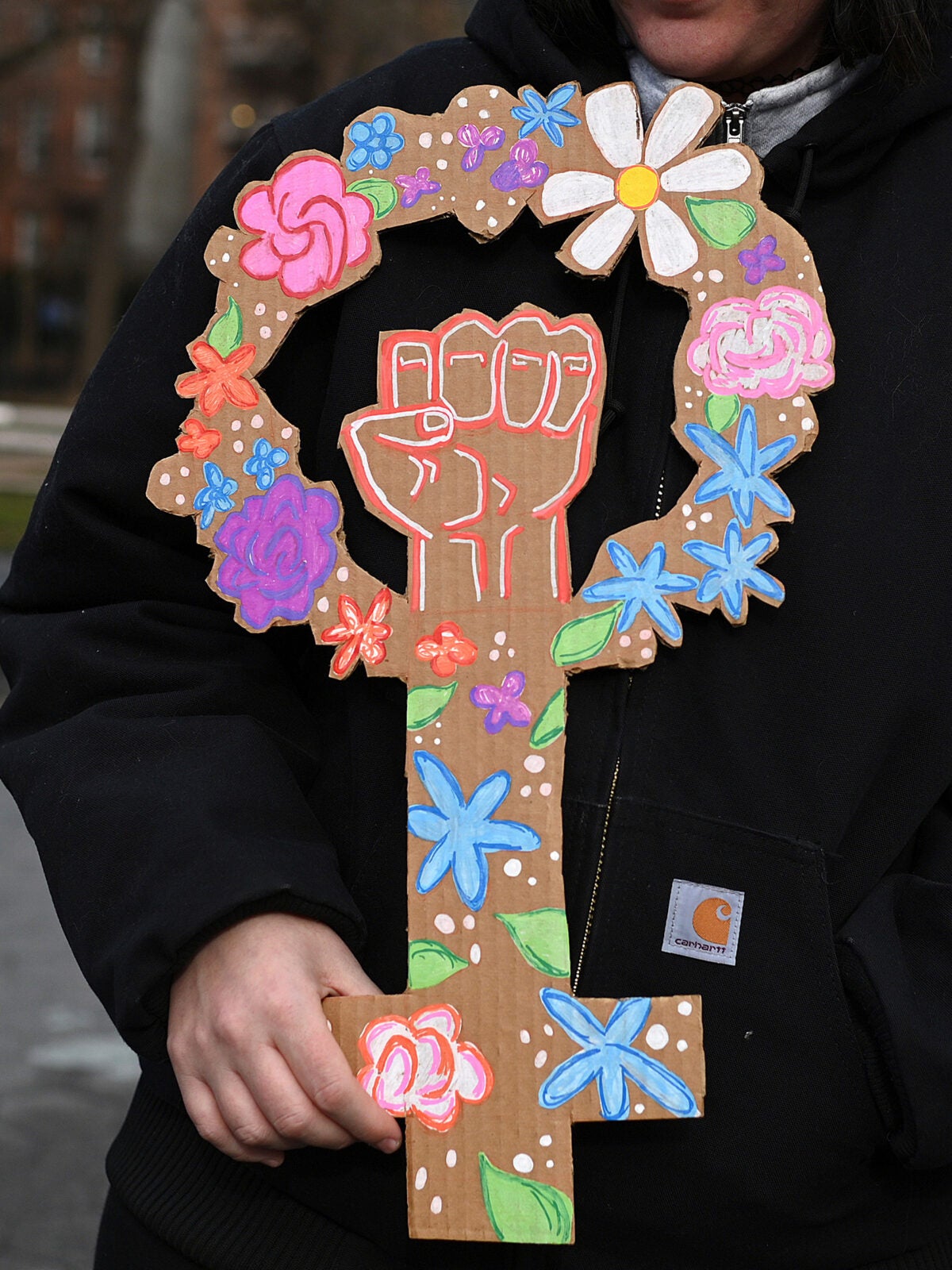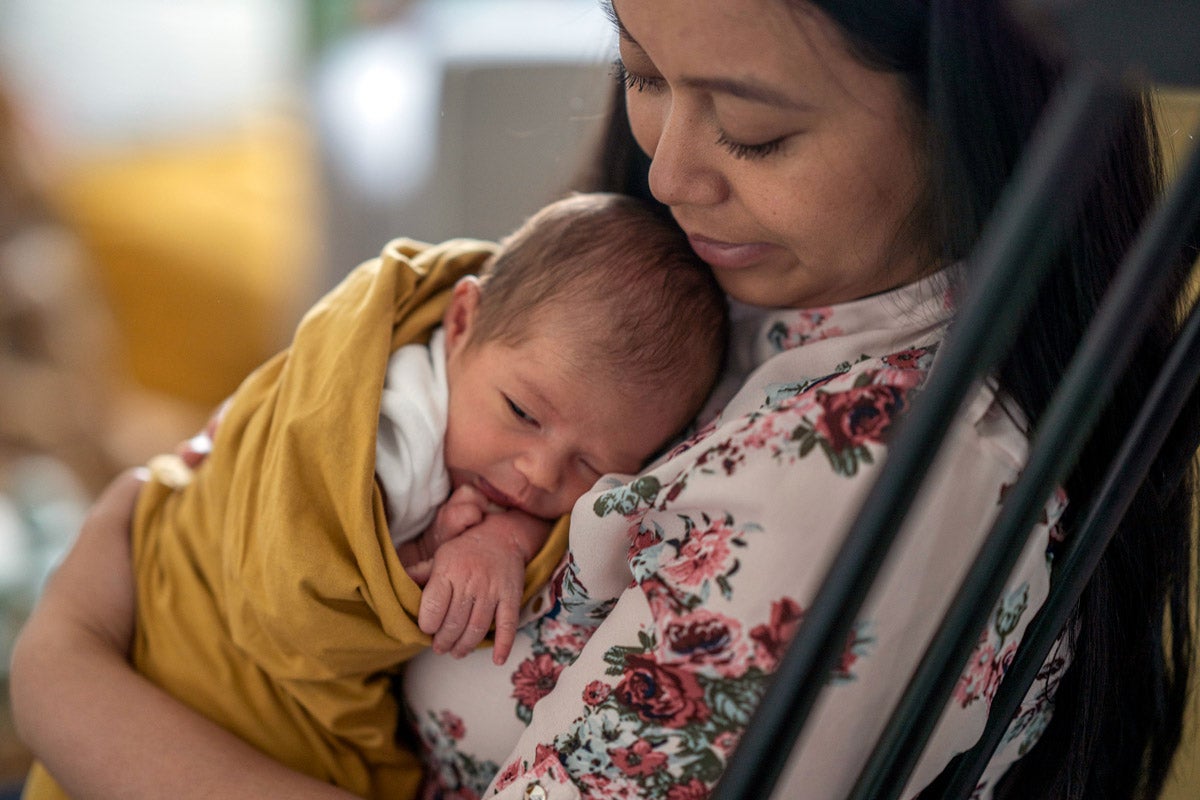
Ideas
One year post-Roe, how can policymakers protect abortion access?
In the year since Roe v. Wade was overturned, the anti-abortion movement has shown that its Supreme Court victory was just the start of its vendetta against reproductive rights and health.
Public health policy should be grounded in evidence, uphold the rights of all people to bodily autonomy, and ensure access to timely, affordable care. In the past year, anti-abortion groups have repeatedly thrown evidence, and rights, out the window in their pursuit of restricting access to all abortion and even some contraceptive services.
Not content with the overturning of Roe, anti-abortion groups have sued the Food and Drug Administration to revoke approval of mifepristone, an abortion medication, despite its two-decade safety record, and have continued to push for a national abortion ban. At the state level, a new ban in Idaho criminalizes helping a minor obtain an abortion out-of-state without parental consent, in addition to its existing abortion ban. In Nebraska, a recent 12-week abortion ban was enacted as an amendment to a ban on gender-affirming care for young people, illustrating how efforts to undermine bodily autonomy and health are going beyond access to abortion.
Sign up for Harvard Public Health
Delivered to your inbox weekly.
It’s a pattern. The reproductive justice movement, a framework created by Black women in 1994, has recognized for decades that the push for state coercion and control of reproductive health has always extended well beyond abortion. Just look at practices like the overpolicing of Black families by the child welfare system, and widespread acceptance of forced sterilization in the 20th century that predominantly impacted impacted communities of color, people with disabilities, and those with low incomes.
But efforts to restrict abortion have remained central to controlling reproductive health. In the 1970s, Representative Henry Hyde explicitly sought to deny women their reproductive rights saying, “I would certainly like to prevent, if I could legally, anybody having an abortion: a rich woman, a middle class woman, or a poor woman. Unfortunately, the only vehicle available is the…Medicaid bill.” The result was the Hyde Amendment, a 1976 policy that prohibits the use of federal funding, including through Medicaid, for abortion to this day.
The reproductive justice movement, a framework created by Black women in 1994, has recognized for decades that the push for state coercion and control of reproductive health has always extended well beyond abortion.
A significant body of evidence shows that anti-abortion policies like the Hyde Amendment still disproportionately impact marginalized groups. Both before and since Roe was overturned, people of color and those with the fewest resources have been explicitly targeted, and have the least ability to navigate around restrictive policies.
We need to be honest about what the anti-abortion movement’s goals are: complete state control over reproductive choice and health. In response, we must generate new thinking and ideas, as well as push for bold state and federal policy to build a better future for abortion rights and access for all.
As abortion bans become increasingly clustered in the South, Midwest and Plains, it’s more essential than ever for policymakers in states protective of abortion rights to expand access. Data tells us that 75 percent of abortion patients are low-income, and even in states where abortion is available, accessing care may require traveling lengthy distances, taking time off work, or arranging for childcare. And health insurance may not even cover the cost of the procedure. Some of the most important actions state policymakers can take to protect and expand abortion access are to reduce financial and logistical hurdles, and make it clear that patients from abortion-ban states are welcome.
State policymakers should prioritize reducing costs for abortion seekers. Last year, California allocated $200 million for reproductive health care, with $110 million specifically going to abortion services, and $20 million to support those traveling from out-of-state to obtain abortions, a critical step to addressing regional gaps in access. Another $15 million was earmarked for community-based organizations focused on sexual and reproductive health education. Other states have carved out funds to help people pay for abortions, or pledged state funding to build new clinics.
Policymakers can also expand insurance coverage for abortion. The average out-of-pocket cost for an abortion at 10 weeks is around $550, and costs increase dramatically later in pregnancy. The Hyde Amendment prohibits the use of federal funds to help those enrolled in Medicaid pay for most abortions, but states can use their own funds to cover abortion care, just like lawmakers in Rhode Island did last month. In Oregon, state Medicaid funds cover abortion care, abortion services are also covered for people who are undocumented, and it is one of only eight states that mandates private health plans to cover abortion.
States should also prioritize enacting “shield” laws to protect patients and providers from potential legal action against them from states with abortion bans.
Both before and since Roe was overturned, people of color and those with the fewest resources have been explicitly targeted, and have the least ability to navigate around restrictive policies.
These actions are core to our policy vision to ensure as many people as possible have access to compassionate, affordable abortion. But to make that vision a reality, we must still advocate for federal protection of abortion rights. Even without constitutional protection, the passage of three existing bills would help restore abortion rights and access nationwide. The proposed Women’s Health Protection Act would reinstate a national right to abortion access, the Equal Access to Abortion Coverage (EACH) Act would repeal the discriminatory Hyde Amendment and other abortion insurance coverage bans, and the HEAL for Immigrant Families Act would remove racist policies barring many immigrants from obtaining health insurance, including Medicaid, for which they are otherwise eligible.
These bills aren’t new, but legislators should consider them with renewed urgency as the anti-abortion movement escalates attacks against a broad swath of reproductive rights and autonomy. With a Republican-controlled House and the filibuster in the U.S. Senate, they’re unlikely to pass this year, but we need state and federal policymakers to continue advocating for protections at all levels of government.
The anti-abortion movement has shown their cards: they’re after full control of our reproductive autonomy and decision-making. The stakes are high, and reproductive justice organizations have sounded the alarm. Now it’s up to policymakers to take that threat seriously and respond with policy that protects everyone’s reproductive rights.
Top image: A person holds a sign in support of women’s rights to abortion in New York City, NY on what would have been the 50th anniversary of the landmark U.S. Supreme Court decision of Roe v. Wade. (Anthony Behar/Sipa USA via AP Images)


